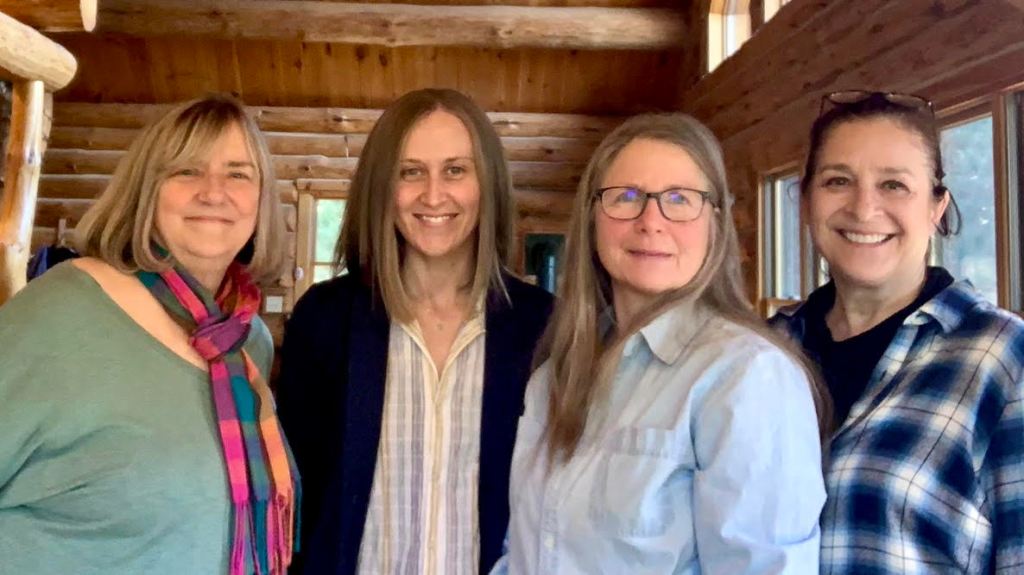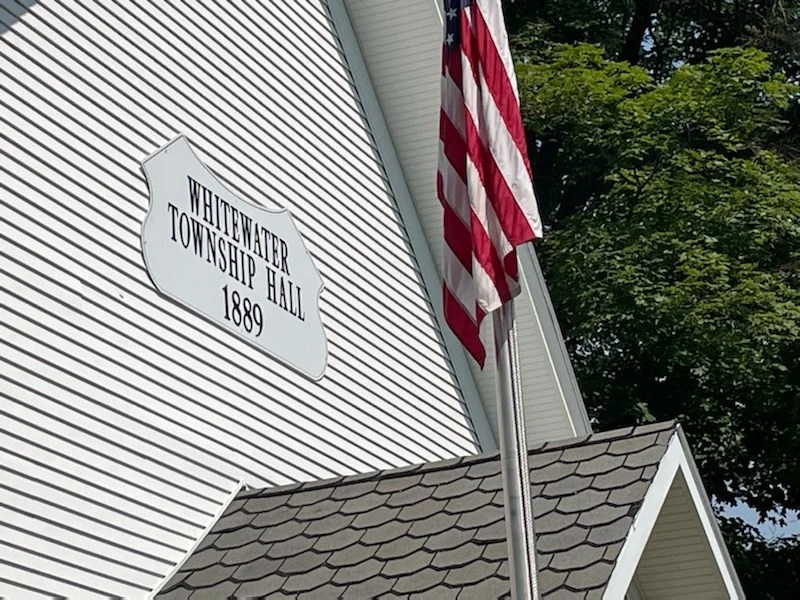I was eager to read Tim Alberta’s new book: The Kingdom, the Power and the Glory: American Evangelicals in an Age of Extremism. I follow Alberta’s magazine pieces, in the Atlantic and Politico, his appearances on cable and mainstream news and podcasts. I read his previous book, American Carnage: On the Front Lines of the Republican Civil War and the Rise of President Trump, and found it well-written but disappointing, an overly detailed defense of country-club Republicanism that missed the ugly underpinnings of how we ended up with President Donald Trump.
But—cutting to the chase—The Kingdom, the Power and the Glory is a fantastic book. Highly recommended, even though the burgeoning Christians-are-what’s-wrong-with-this-country crowd may be irritated by Alberta’s persistent, conservative choir-boy insistence that the church is a force for good.
I should mention here that I had a front row seat for the rise of the Cornerstone Evangelical Presbyterian juggernaut in Brighton, Michigan (nothing like your mainstream Presbyterian, btw). We moved to Livingston County around the same time as Richard Alberta, long-time pastor at Cornerstone and Tim Alberta’s father. When we were looking for a church, we heard repeatedly about the great things going on at Cornerstone, which was just a few miles down the road—the rapid growth of the congregation, the inspiring sermons, the youth group with 100 members. Pretty soon there would be a school, too—ultimately, there would be six major building expansions in 30 years.
One Christmas Eve, we decided to give Cornerstone a try. My son was three or four at the time and had zero capacity for quiet behavior in a strange place. When heads began turning, my husband took him out into the narthex. After the service, he was holding our coats and standing by the door. We’re not coming back here, he said.
Out in the car, he pulled a fistful of brochures and monographs out of his pocket, collected as he chased our son around the lobby area. Take a look, he said. There were predictable anti-abortion pieces—but also literature supporting capital punishment, and the usual Old Testament scourges against divorce, dark (Harry Potter) magic and homosexuality. We’re not exposing our kids to this, we agreed. We found another church.
But Cornerstone, which eventually grew to 2000 families, held a lot of power and influence in Brighton. Richard Alberta enjoyed stirring up local controversy—when a downtown coffee shop put a tiny rainbow sticker on its door, he wrote a letter to the newspaper, suggesting customers who were willing to order coffee in such a sinful place consider going to “Sodom and Gomorrah” (his too-clever name for Ann Arbor, 25 miles south), instead. The shop closed a few months later.
At Christmas time, when many churches collected gifts for needy families, he declared that there really was no excuse for being needy in well-off Livingston County. Instead, his church filled up a semi-truck with evangelical goods and household items and shipped them to Russia, to support struggling Christians there.
Alberta broke up the Brighton Ministerial Association because he refused to meet with a local gay minister. He brought in “security” specialists when my church, St. Paul’s Episcopal, called a Black rector, claiming that criminals “from Detroit” (code language) would now be getting off I-96 and endangering congregants in Brighton churches’ parking lots.
He went after my church, probably the most liberal mainstream congregation in town, repeatedly and viciously —in the newspaper and any other media outlets he could find, pre-social media. When a reporter at the local newspaper asked for an in-depth interview, he had a putting green set up in his office, and spent the interview nonchalantly practicing his short game, as she sat and took notes.
Many of my students attended Cornerstone and went on mission trips to save the unchurched of West Virginia or wherever. One of my band students’ father was an associate pastor at Cornerstone; at Parent-Teacher conferences, this pastor asked me to call the fees for his son’s upcoming band field trip a “donation” for tax purposes. He came with a typed-up statement for me to sign (I didn’t).
There’s much more, but you get the picture.
Tim Alberta’s book begins with the death of his father, in 2019, and his surprise at learning formerly dedicated congregants were leaving Cornerstone for more MAGA churches. Funeral attendees criticized Tim for his openly non-MAGA thinking (a well-deserved potshot at Rush Limbaugh). Followed up, of course, with the righteous assurance that they were praying for him to see the real truth.
My thought: The Buddhists were right about karma. You reap what you sow.
Which is, bottom line, where Tim Alberta is going in this book. He takes the reader through right-wing congregations, colleges and organizations around the country, a wide-ranging array of appalling examples of religious malfeasance. Mercedes Schneider posted some hot quotes from the book in her blog, if you want to get a sense of the flavor of his writing, and the practices he explores and condemns.
Alberta is careful to note that Trump was merely an accelerant, a permission-giver for bad behavior in the name of the Lord, not the root cause of what has happened to the Evangelicals. But he pulls back the curtain on some distinctly repellant, un-Christian conduct and people, both the globally famous and the local yahoos in Brighton.
He resists passing judgement on more inclusive, mainstream churches, although his conservative perspective is never hidden. He also has the scholarly and personal background to dissect theological and biblical questions raised by the commercialization and politicization of the spiritual. He writes with great confidence and clarity, relishing the opportunity to counter every lazy iteration of “Well, the Bible says…” He spends a half-dozen pages on abortion that are well worth reading.
I learned a great deal from the book. For starters, I began to understand where MAGA and its tribal beliefs and actions come from, how conservative Christians moved rightward—the triggers, the entitlements, the power-hoarding. This was personal for me, too, a look at how all the nice white kids from nice white families in my school district shifted their world-framing and let casual racism, sexism and xenophobia emerge.
It was also clear how the pandemic was a huge political trigger, dividing congregations that wished to protect their more vulnerable members from those who saw vaccines and restrictions as the state trying to control the church, and COVID deaths as God’s will.
Alberta ends the book with some signs of hope—the most convincing of which, ironically, come from women who have been sexually abused and actually fought back—Jennifer Lyell and Rachel Denhollander. Aside from Paula White, Trump’s hottie “spiritual advisor,” the main characters in this book’s framework are men. White men. When Alberta travels, as research, he visits men—genuine pastors, scoundrels posing as clergy, insufferable jerks, the egomaniacal, the greedy and the scheming. Women take a subordinate role in all of the churches and organizations. This is so obvious, in all 500 pages, that it feels like a blind spot. He thanks his wife for essentially raising their three boys in his absence, in the acknowledgements, but it feels like an afterthought, the cookies and coffee after the meat of an intelligent sermon.
Nonetheless, Alberta seems to have had a religious epiphany, taken a well-researched and critical look at what evangelical Christians have become, and bravely wrote about what he’s observed. When I read about mega-churches, pastors living in mansions and castigating their fellow citizens who believe differently, as the donations roll in, I always think “Not all Christians are like that.”
And, lo and behold, there’s a FB page for that: Not That Kind of Christian. There are think pieces—“We Were Wrong”– and bricks and mortar churches where the focus is on doing good and building community, not accruing political power. The traditional church may be fading, as it definitively has in Europe, but it isn’t dead yet.
I am certain that Tim Alberta holds out hope that we’re on the crest of a religious revival. In the meantime, he was harrowingly honest about what he saw. Everyone—believers and non-believers should read the book. Five stars.










